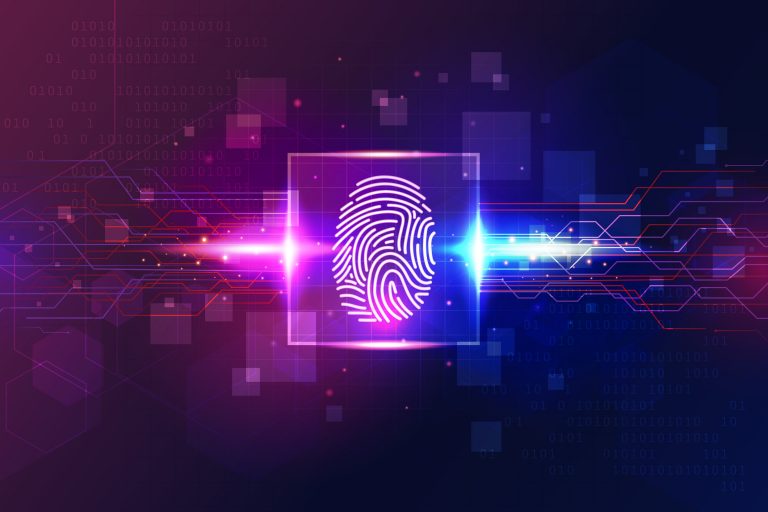The proliferation of digital access has made the world more connected than ever before. With the availability of technology, endless devices, and global access points, today’s users—customers and employees—have the flexibility to interface with technology on their own terms anyplace, anytime!
As today’s complex digital environment continues to evolve at break-neck speed, and identity becomes the gateway to access, our businesses and governments must evolve and so do the Identity Management solutions.
But what happens on the other side of the spectrum?
Today nearly 1.7 billion adults worldwide, mainly in Africa, Asia and Latin America, are still excluded from the formal financial system, without any account at a bank or through a mobile money provider. This affects most the marginalized segments of society such as women, poor rural farmers, the elderly, people with disabilities and forcibly displaced people.
A major inhibitor for financial inclusion within developing economies is cited as the lack of the correct government identification that is initially needed to set up a bank account or avail of government schemes. In developing countries however, access to formal identification is difficult, this is due to the costs being far too high and scalability of the corresponding channels is challenging.
Those who lack access to financial services are missing out on the many benefits financial inclusion has to offer, as they are unable to gain access to credit, overdraft facilities or the welfare needed to improve their financial circumstances.
Although the causes of financial exclusion are many and varied, digital identity has the potential to remove some of major barriers not only to the access but also to the usage of financial services. By enabling people to prove their identity conveniently, it has the capacity to build trust, ensure ease of use and lower costs which is essential to the wide adoption of financial services.
In most countries, solving the issue of financial inclusion had been driven by digital payments, government policies, and a new generation of financial services accessed through mobile phones and the internet. With a need for simple, secure and convenient authentication solutions to bridge the gap to financial inclusion, multi-modal biometrics could be the latest technology to assist with this.
Biometrics to lead the next wave of Financial Inclusion
Biometrics identifies individuals through unique physical characteristics such as facial recognition, fingerprint and iris verification, as well as via behavioral patterns including voice ID, how we walk or even how we use a keyboard and mouse. The technology is providing a convenient, secure and accessible means of identity verification. And as one of the strongest forms of authentication it is gradually doing away with ID cards, passwords and in-person and paper-based proof of ID processes.
With identity at the core of increasing financial inclusion, FinTechs and financial institutions are advancing to the potential biometrics can have on improving identity capabilities. While mass-market adoption of smartphones has played a significant part in providing access to the financial system in emerging markets, biometrics is leading the next wave of financial inclusion in these regions and is already making its mark among the unbanked populations.
The most remarkable example is Aadhaar – an extraordinary undertaking by the Indian government to get the country’s entire 1.25billion population onto a single biometric card system embracing 1600 languages and almost 300 million illiterate adults. Today 99% of India’s adult population is covered on Aadhaar and the system is successful in providing basic financial necessities such as a bank account through government initiatives like Pradhan Mantri Jan-DhanYojana (PMJDY).
Advances in biometric authentication would mean that consumers can be linked directly to their card or account by their unique physical attribute alone. There is no need for traditional government identification or documentation, thus providing a solution to the 1.1 billion people worldwide without official identification. Trust being a top priority for customers in the financial services industry, this method of authentication will mean that financial institutions can be confident that the person they are extending credit to, is the person intended.
Biometric authentication also removes the barriers that face those with literacy challenges, or difficulty with memory, as payments will no longer be about what you know, or what you can remember, but who you are. Biometric authentication will be a simple, secure and convenient solution eradicating the need for documents, passwords and PINs as a form of authentication.
A fast, frictionless and secure customer experience
With the biometric authentication technology used across a variety of sectors – banking and finance, retail, healthcare and government – and with cyber security a prime concern, experts predict the biometrics market will be worth $50bn by 2024.
Evolute, from its Fintech basket, ventured into the Biometric Authentication devices like the latest UniPOS A5 which is equipped with Multimodal Biometric Authentication channels including fingerprint, voice, face recognition and Iris scanner. Apart from the long running devices like Lily, Identi5, Leopard & Leopard Mini Evolute’s platform is widely deployed in companies across the globe for its proven ability to dramatically reduce account fraud and data theft. Evolute’s biometric solutions are used in global deployments by many of the world’s largest companies, reducing manual review while safeguarding millions of users across billions of transactions.
Some of the key features that make Evolute’s Biometric devices more efficient and path breaking in the financial inclusion stories across the globe are:
- Secure
Security is the cornerstone of all Evolute devices. They ensure that the identity solution is reliable and always-on, while the data is secured, centralized with applications, devices, and end-users all in-one-place.
- Scalable
Built for performance at scale, Evolutes biometric Authentication Solutions, offer a wide range of extensible functionality.
- Smart
The risk of cyber security continues to increase as perpetrators look for smarter and less-detectable ways to compromise data. That is where Evolutes’ solutions such as UniPOS A5 come for the rescue with its multi-modal authentication features.
- Simple
Ease-of-use, speed-of-adoption seamlessness and are keys to ensuring that financial access and inclusion strategy is effectively rolled out. Evolutes’ identity authentication devices are simple for you and simple for the users.
- Portable
Ergonomically designed, wireless and handy to use, Evolutes’ biometric authentication devices can be carried across with ease and also come with high battery life to last for longer use.
Please click on this link to know more about Evolutes range of Biometric Authentication Devices and more.
References:
https://www.onelogin.com/blog/4-elements-next-gen-iam-platform
https://www.idexbiometrics.com/importance-of-biometrics-for-financial-inclusion/





